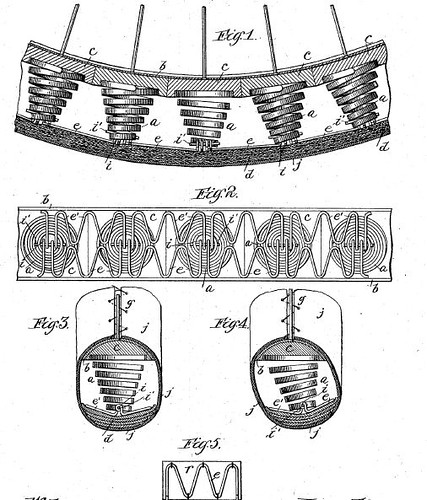 Bicycle: Around the World: Around the World by Linda Svendsen
Bicycle: Around the World: Around the World by Linda SvendsenMy rating: 5 of 5 stars
Other than the single page introduction, there is no text aside from captions that identify the location that each photograph was taken. The pages are unnumbered but the volume is easily an inch thick, so there are several hundred pages of color photographs, some running across both pages.
The goal is to show how bicycles fit into everyday life around the world. The focus isn't on the qualities of the bicycles themselves in the usual way for books that are heavy on photographs of bicycles. Some of the photographs are crammed with bicycles in some setting while others have just one that may be off in the corner of the photograph.
This selection of three photographs from the book gives some sense of what the book is like. There is no apparent attempt to include photographs taken in every country of the world - of the ~190 countries in the world, there are probably photographs of bicycles in around 40 (I'm guessing) but there are certainly photographs from each continent (not including Antarctica). They were organized in some order that presumably made sense to the photographer but I didn't discern any pattern - photographs from a particular country may run for several pages, then from some other country, and later one finds another photograph from the first country later in the book. It seems whimsical.
Many of the bicycles shown in the developing world have obviously been subjected to heavy use and are not emblematic of bicycles as works of art or engineering. In fact the only "iconic" bicycle, presumably included without a sense of its iconic nature, is a Jack Taylor tandem shown in California. Perhaps this is repeating myself, but this is not a book of photographs of bikes to be admired in the typical way that I might.
Most of the photographs do not include the riders with the bicycles; rather the bicycles are shown parked (sometimes laying on their sides, looking more discarded than parked), waiting patiently for their riders to return.
This is not a new book or likely to be found in a bookstore selling new books. I was able to find a used copy at Powells book store for $6.50 which seemed an excellent deal.
View my reviews of cycling books on Goodreads.

